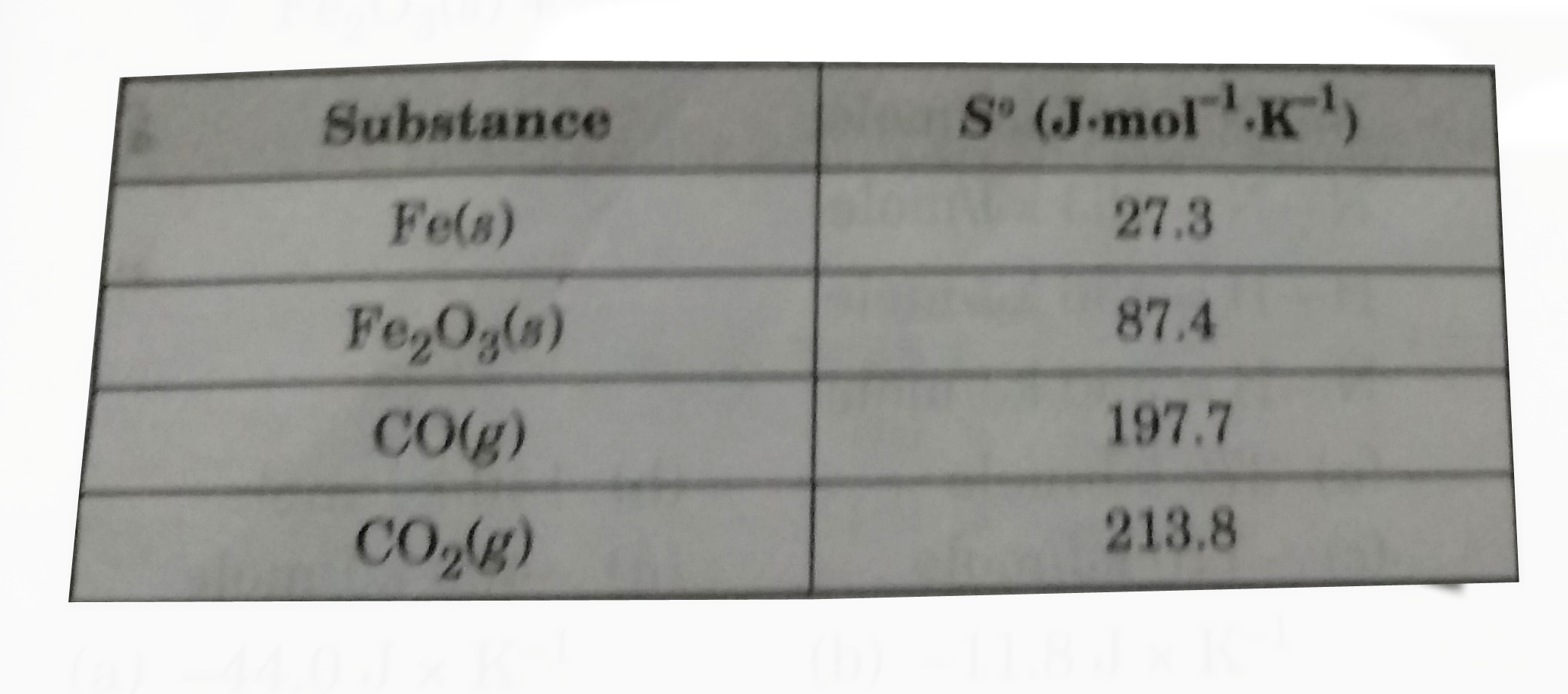When FeCI is ignited in an atmosphere of pure oxygen, this reaction takes place:
If 3 moles of are ignited in the presence of 2 moles of gas, how much of which reagent is present in excess and therefore, remains unreacted?
The correct Answer is:a
Step by step video, text & image solution for When FeCI is ignited in an atmosphere of pure oxygen, this reaction takes place: 4FeCl_(2)(s)+3O_(2)(g)to 2Fe_(2)O_(3)(s)+6Cl_(2)(g) If 3 moles of are ignited in the presence of 2 moles of O_(2) gas, how much of which reagent is present in excess and therefore, remains unreacted? by Chemistry experts to help you in doubts & scoring excellent marks in Class 12 exams.
Updated on:21/07/2023Topper's Solved these Questions
- STOICHIOMETRY (CHEMICAL FORMULAE AND EQUATIONS )BOOK - OP TANDONCHAPTER - STOICHIOMETRY (CHEMICAL FORMULAE AND EQUATIONS )EXERCISE - INTEGER ANSWER TYPE QUESTIONS
5 Videos
- STOICHIOMETRY (CHEMICAL FORMULAE AND EQUATIONS )BOOK - OP TANDONCHAPTER - STOICHIOMETRY (CHEMICAL FORMULAE AND EQUATIONS )EXERCISE - PASSAGE -1
5 Videos
- STOICHIOMETRY (CHEMICAL FORMULAE AND EQUATIONS )BOOK - OP TANDONCHAPTER - STOICHIOMETRY (CHEMICAL FORMULAE AND EQUATIONS )EXERCISE - OBJECTIVE QUESTIONS (LEVEL-A)
63 Videos
- SATURATED ALIPHATIC HYDROCARBONSBOOK - OP TANDONCHAPTER - SATURATED ALIPHATIC HYDROCARBONSEXERCISE - SINGLE INTEGER ANSWER TYPE QUESTIONS
7 Videos
- UNSATURATED HYDROCARBONSBOOK - OP TANDONCHAPTER - UNSATURATED HYDROCARBONSEXERCISE - SINGLE INTEGER ANSWER TYPE QUESTIONS
10 Videos
Similar Questions
Knowledge Check
When FeCl3 is ignited in an atmosphere of pure oxygen, this reaction takes place:
4FeCl3(s)→2Fe2O3+6Cl2(g)
If 3 moles of FeCl3 are ignited in the presence of 2 moles of O2 gas, which of the following statements regarding to the given reaction is/are correct?A0.33 mole FeCl3 remains unreactedB0.67 mole FeCl3 remains unreactedC1.33 moles of Fe2O3 are formedD0.50 moles O2 remains unreactedWhich of the following statements is correct about the reaction given below:-
4Fe(s)+3O2(g)→2Fe2O3(g)ATotal mass of iron and oxygen in reactants = total mass of iron and oxygen in product therefore, it follows law of conservation of mass.BTotal mass of reactants = total mass of product, therefore, law of multiple proportions is followed.CAmount of Fe2O3 can be increased by reducing the amount of any one of the reactants (iron or oxygen).DAmount of Fe2O3 produced will decrease if the amount of any one of the reactants (iron or oxygen) is taken in excess.Which of the following statements is correct about the reaction given below:-
4Fe(s)+3O2(g)→2Fe2O3(g)ATotal mass of iron and oxygen in reactants = total mass of iron and oxygen in product, therefore, it follows law of conservation of mass.BTotal mass of reactant = total mass of product, therefore, law of multiple proportions is followed.CAmount of Fe2O3 can be increased by taking any one of the reactants (iron or oxygen ) in axcess.DAmount of Fe2O3 produced will decreased if the amount of any one of the reactants (iron or oxygen ) is taken in excess.
Which of the following statements is correct about the reaction given below:-
4Fe(s)+3O2(g)→2Fe2O3(g)
View SolutionWhat is the value of Δs∘ for the reaction below?
Fe2O3(s)+3CO(g)→2Fe(s)+3CO2(g)

View SolutionIn the following reactions:
4NH3(g)+5O2(g)→4NOg+6H2O(l)
When 1 mole ammonia and 1 mole of O2 are mixed, then the number of moles of NO formed will be:
View SolutionIn the reaction, 4NH3(g)+5O2(g)→4NO(g)+6H2O(g), when 1 mole of ammonia and 1 mole of O2 are made to react to completion
View SolutionSulphur trioxide is preapared by the following two reactions:
S8(s)+8O2(g)→8SO2(g)
2SO2(g)+O2(g)→2SO3(g)
How many grams of SO3 are produced from 1 mole fo S8?
View Solution
